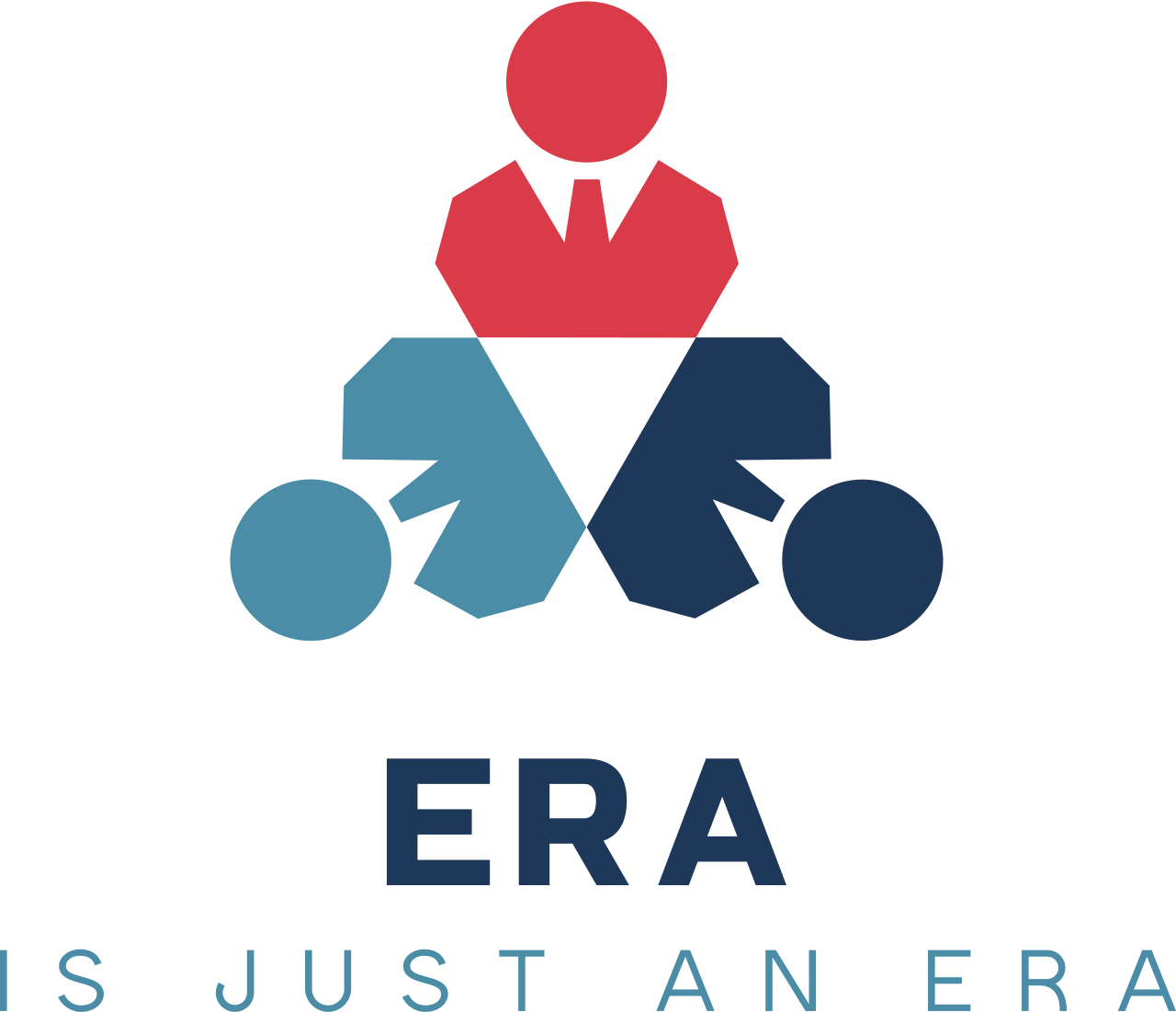Innovative Strategies Reshaping the Hybrid Workspace
What technical challenges and innovative solutions are involved in designing ceiling array microphones that balance 360-degree capture, beamforming, and noise cancellation for hybrid work settings?
In today’s evolving work environment, groundbreaking approaches are redefining how organizations blend remote and on-site tasks. The integration of technology and human resource practices has paved the way for flexible arrangements that prioritize both employee well-being and operational efficiency. Forward-thinking research now points toward a dynamic adjustment in workspace design and management, pushing companies to reconsider traditional models and embrace innovative hybrid systems.At the heart of this evolution is the recognition of diverse work patterns. Recent studies have highlighted the importance of balancing the benefits of remote work—such as enhanced family time and reduced stress—with the challenges of diminished corporate identity and team cohesion. This duality has prompted experts to design organizational frameworks that reconcile individual autonomy with collaborative needs. By exploring the interconnection between digital and physical environments, researchers are offering fresh insights on how office spaces should adapt to meet the nuanced requirements of today’s workforce.In addition to reshaping HR practices, innovations in workspace design are gaining traction. Cutting-edge research is assessing how elements like lighting, ventilation, and overall ambient conditions affect productivity and well-being in shared workspaces. The emphasis on environmental factors is not only transforming traditional office layouts but also laying the groundwork for hybrid designs that cater to unique employee preferences. Such people-centric strategies ensure that every element—from natural light to ergonomic amenities—plays a role in boosting both comfort and performance.On another front, the burgeoning field of digital education and resources is supporting this transformation. Collaborative efforts across Europe are harnessing technology to enhance vocational training and remote work skills. By developing accessible digital educational platforms, organizations are empowering employees with the tools required to thrive in a teleworking environment. This approach not only bridges the digital skills gap but also encourages lifelong learning, essential for adapting to rapid technological advancements.Despite the promising trends, the journey toward fully integrated hybrid models is not without its obstacles. Challenges related to digital maturity, data integration, and cultural resistance still persist. However, the ongoing dialogue between IT and operational teams is fostering an environment where these hurdles are seen as opportunities for systemic improvement rather than insurmountable barriers.In conclusion, the current wave of innovation in hybrid work strategies marries cutting-edge environmental design with advanced HR practices and digital training initiatives. As organizations continue to experiment and adapt, the future of work promises a more balanced and dynamic integration of technology and human creativity, setting the stage for a truly modern workplace.
